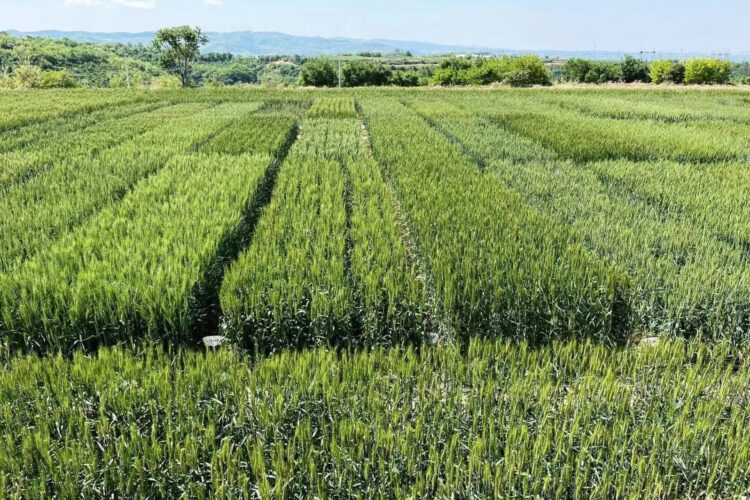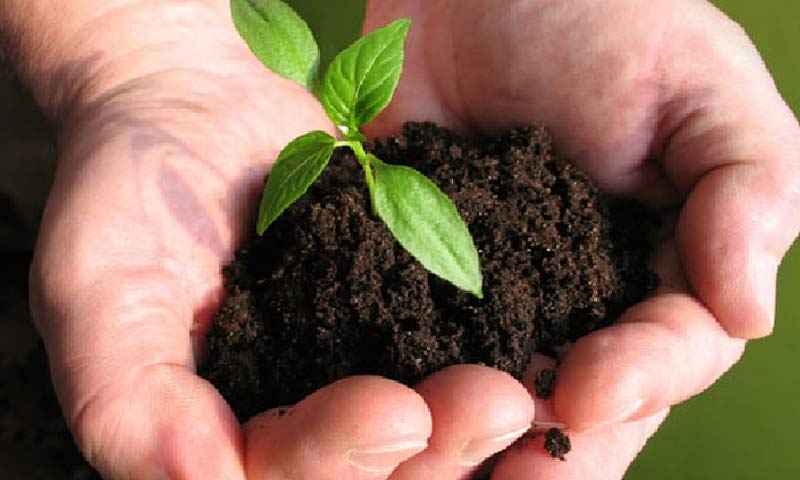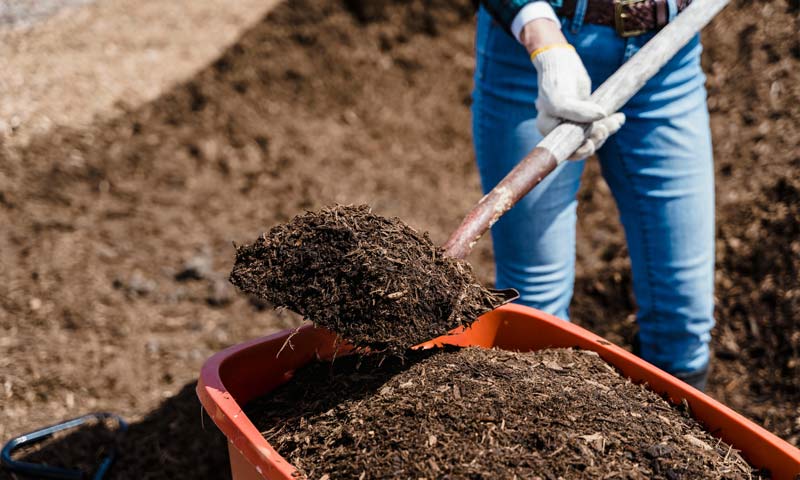Introduction to Soil Testing
Soil testing is a fundamental step in organic farming that helps farmers understand the health and fertility of their soil. By analyzing soil samples, you can determine the pH level, nutrient content, and organic matter present, which are crucial for optimizing crop growth and ensuring sustainable farming practices.
Step-by-Step Guide on Soil Sample Collection and Analysis
1. Prepare Your Tools
Soil Probe or Shovel: For collecting soil samples.
Clean Plastic Bags: To store samples.
Labels and Marker: To mark sample locations and dates.
2. Collect Soil Samples
Select Sampling Sites: Choose multiple locations within your field to get a representative sample.
Sample Depth: Typically, collect samples from 6 to 8 inches deep.
Mix the Samples: Combine soil from different sites to create a composite sample.
3. Submit Samples for Analysis
- Choose a Laboratory: Send your composite sample to a reputable soil testing lab.
- Provide Details: Fill out any forms required by the lab, including information about crop types and farming goals.
Importance of Understanding Soil pH and Nutrient Levels
Soil pH
- Affects Nutrient Availability: Most crops thrive in a pH range of 6.0 to 7.5. Outside this range, certain nutrients may become less available to plants.
- Adjustment Methods: If pH is too low, lime can be added to raise it. If too high, sulfur can help lower it.
Nutrient Levels
Essential Nutrients: Nitrogen, phosphorus, and potassium (N-P-K) are critical for plant growth.
Trace Elements: Iron, zinc, and other micronutrients are also vital.
Supplementation: Based on test results, apply the appropriate organic fertilizers to address any deficiencies.
FAQ
1. Why is soil testing important for organic farming?
Soil testing provides detailed insights into soil health, allowing farmers to tailor their fertilization and management strategies to meet specific needs.
2. How often should I conduct soil testing?
It is recommended to perform soil testing annually, especially before the planting season begins.
3. How can I improve soil that isn’t suitable?
Improving unsuitable soil can involve adding organic matter, adjusting pH levels, and supplementing with necessary nutrients based on test results.
By conducting thorough soil testing, you can ensure that your soil provides the optimal conditions for organic farming, leading to healthier crops and a more sustainable farming practice.






